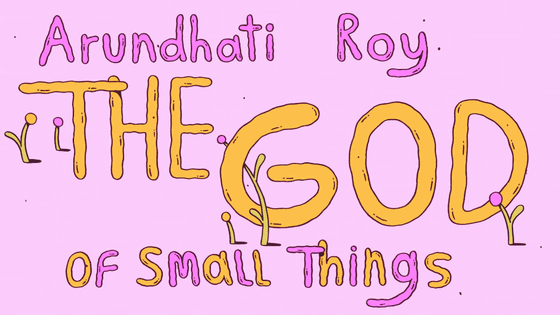What is the technique of ``comic relief that makes the story persuasive'' that sandwiches comedy in a serious scene?

In comics, novels, movies, etc., a counterintuitive comedy scene is sometimes inserted in a tense scene or an atmosphere of deep sadness.
How to write comedy-Jodie Houlston-Lau-YouTube
According to TED-Ed, funny scenes and comedy depictions are often the key to serious stories, even if they seem out of place for the scene.

Writers need to make their readers and viewers feel a range of emotions through their stories. This is the same regardless of the genre of the story, and it is not desirable to limit the approach to 'only elicit this kind of emotion because the story is of this genre.'

This is because even if the genre of the work is particularly intended to evoke fear, sadness, or excitement, people tend to become desensitized to an emotion when exposed to it for a long time. Even if the whole story evokes fear all the time, you get used to it while enjoying the work.

A technique called 'comic relief' is used.

Some studies point out that a good story should be a line graph showing changes in the characters' emotions. can be finished.

To create the effect of comic relief, there is an important point to understand. To describe a comedy scene or a funny situation, one of the points is the character, the situation, the words and the dialogue. However, no matter which one you choose, or when you use them in combination, you need to be conscious of timing and contrast, not just funny characters, situations, and dialogue.

In the movie, the ancient Mesopotamian literature '

The Epic of Gilgamesh tells the adventures of Gilgamesh, the traditional king of ancient Mesopotamia. King Gilgamesh enters a bar as a result of his adventures nearing the end of the world.

The reader thinks that Gilgamesh's story has reached its climax, but his expectations are betrayed. But that short break allows you to both de-stress and create tension, making the story even more tense and ready for its true climax.

This lesson can be applied to modern stories as well. By softening the mood of the story once, you can give it just the right amount of emotion when you need it.

Also, the time Gilgamesh spends in the bar has effects other than amplifying the emotions of the audience. The wise bartender asks Gilgamesh the purpose of his quest, and Gilgamesh's response adds more nuance to the final solution and evokes mixed emotions in the reader. Comic Relief can also help you re-question the serious main story in a de-tensioned setting, as it can become monotonous to constantly evoke strong serious feelings.

The most common and direct approach to using comic relief is the use of sidekick characters. The protagonist's sidekick character serves as both a sneaky and sharp commentary on the main action, as well as an often-failed, hilariously ill-fated punch line.


Arundhati Roy's The God of Small Things takes yet another approach to comic relief. 'The God of Small Things' is narrated from a child's point of view, infusing a tragic tale with poignant humor. By comically depicting the tensions of adults such as race, class, and family relationships from a child's perspective, it not only makes you laugh with ironic humor, but also has the effect of emphasizing the reality of the situation.

To get the most out of your comic relief, you need to think about which moments in your story would be most effective to sprinkle emotional contrasts with the seriousness of the main story. In addition to that, it also has the effect of being able to say ``the message you want to convey that you can't say directly,'' so it's also important to think about ``what kind of assumptions do you want to question the reader?''

Related Posts:
in Video, Posted by log1e_dh







